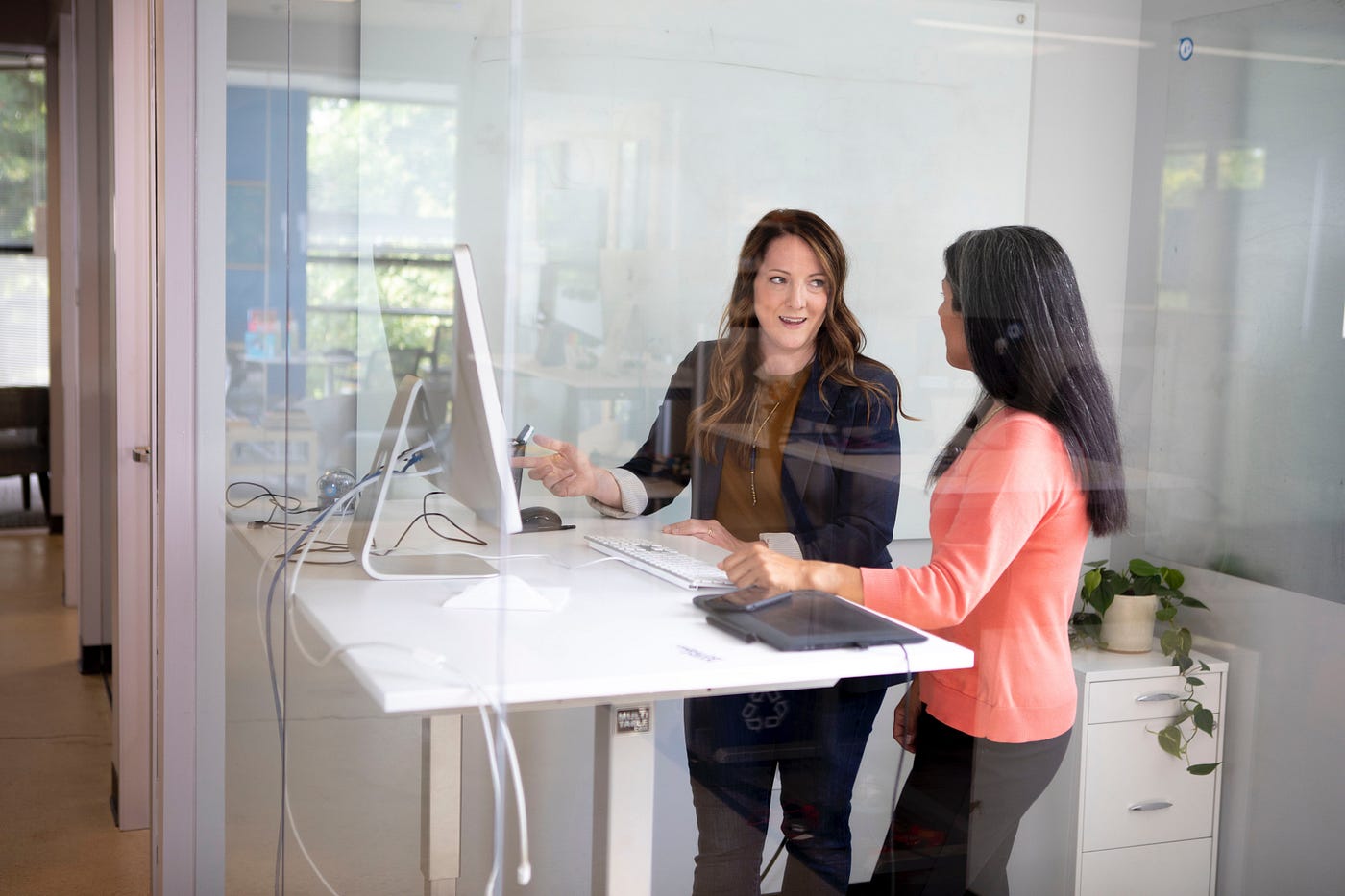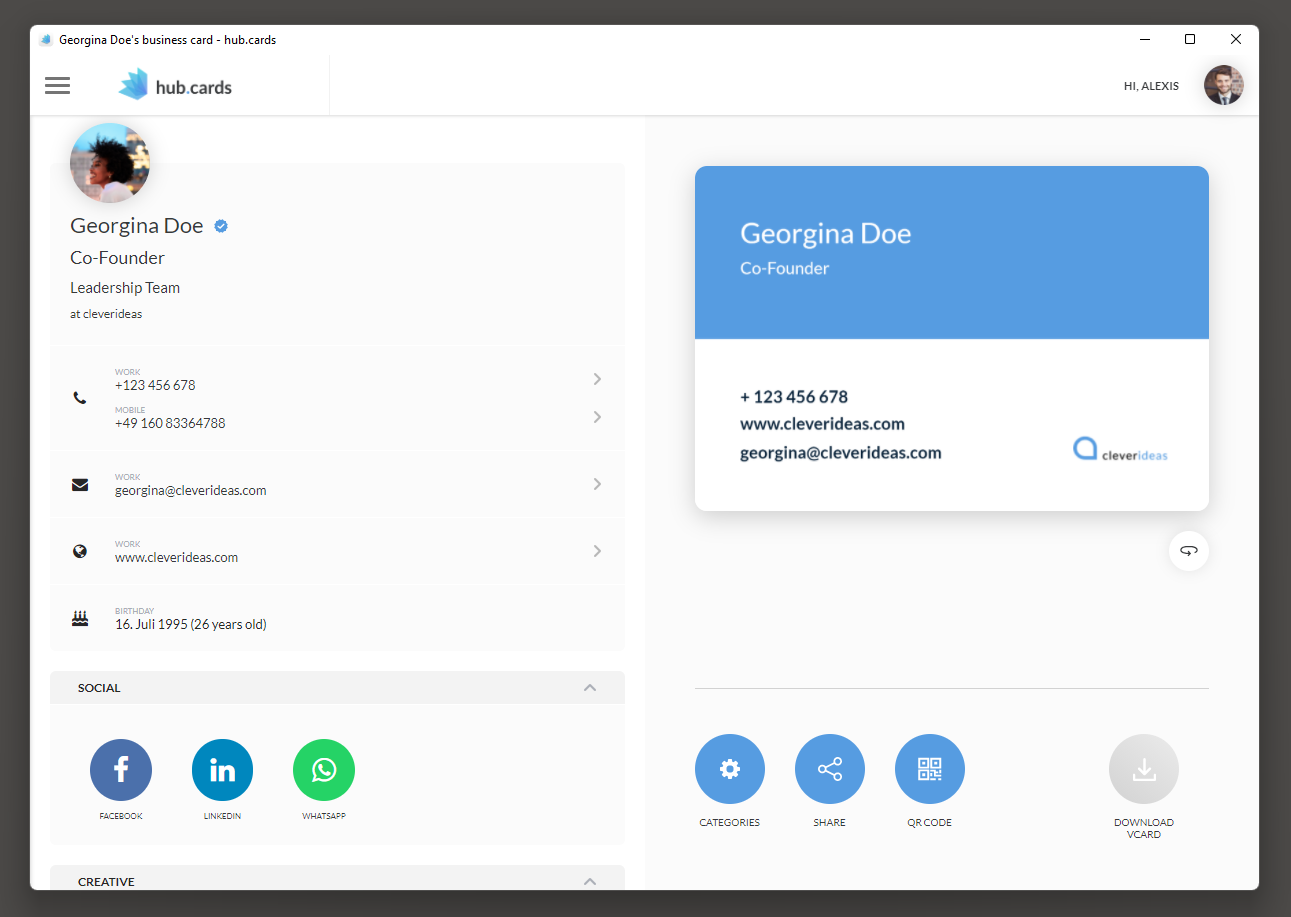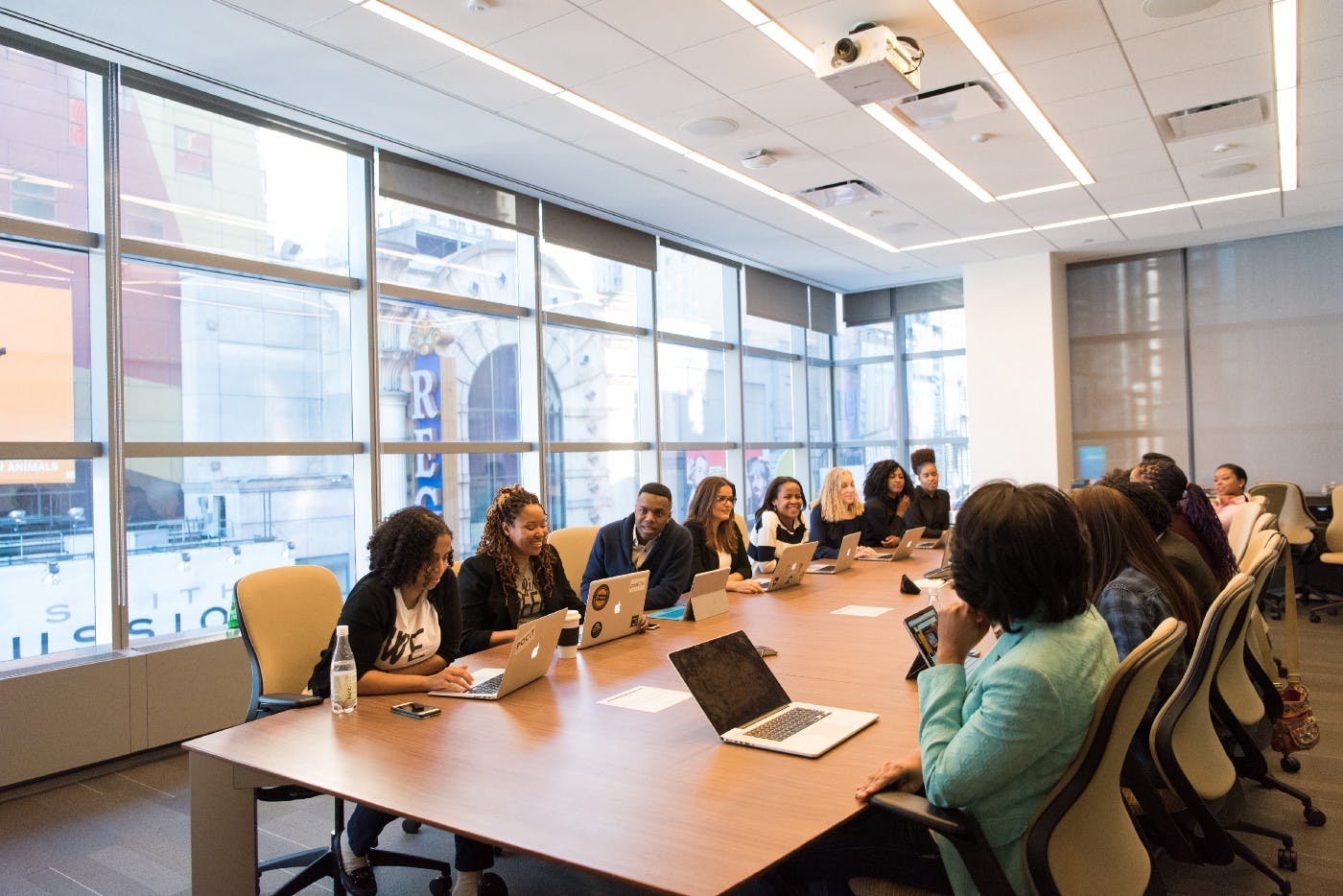Superfluous meetings are a waste of time and money, and they affect office morale. Here’s how to make meetings more effective.
Despite being an essential aspect of workplace collaboration, meetings often take up a large portion of your work time. If you’re constantly sitting in meetings that should have been emails, it’s time to think about how you can have more effective meetings. These ineffective meetings contribute to an estimated $50 billion wasted in the U.S. every single year and numbers are growing.
Every team is different and every leader has his or her own style. While there is no one-size-fits-all recipe for meetings, there are some basic rules you can apply to make meetings more effective.
- - -
Here are some tips and tricks for you to be prepared.
The most important tool for improving team meetings is planning. It can save you many hours of time later. There is more than one way to prepare for a meeting.
Follow these tips to learn how to best prepare for your meetings.
Transparency
Let your team know that you want to improve your meetings. Ask them what they think is working or not working and how they would like to see meetings change. Let them know what you plan to change so they can give you feedback.
Remember, introducing a new meeting format to your team without telling them first could result in a failed meeting, even if the plan is perfect.
Meaning and purpose
Most of us have attended a meeting without knowing the exact need for it. Whether you are leading the discussion or are just a member, take a few minutes before the meeting to explain the purpose of the meeting.
If it is a regularly recurring meeting, make sure you really need to meet. There may not be enough to talk about at every meeting, so consider skipping a meeting or shortening the time to avoid wasting time and frustrating participants.
Agenda
Once you know why you are having a meeting, you should create an outline. While you don’t have to plan every minute, having a general plan can help everything run more smoothly and ensure nothing is forgotten.
Schedule
Don’t just schedule hour-long meetings because it’s easier. If you have your meeting structured now, you can more easily plan how long the meeting should last. Some meetings may only need to last 15 minutes, while others may take a little longer. Planning meetings too long often leads to wasted time or meetings that stray off-topic.
- - -
Meeting title
Don’t just add “meeting” to your schedule. Come up with your own meaningful names for your meetings. Custom names are more effective and can give your meeting a more positive feel.
Prepare the team
Just because you know the need for a meeting doesn’t mean your entire team does. In the invitation, provide a brief overview of the purpose and content of the meeting. This way, everyone is informed and attendees can prepare for any questions they may have before the meeting.
Getting started
Spend the first few minutes of the meeting motivating participants. Ask a quick question to break things up to encourage engagement and create a positive atmosphere. Once everyone has spoken, it is easier to encourage collaboration as the meeting progresses.

Stand
It’s not always easy to stay engaged and attentive throughout a meeting. Try having your team participate in the meeting while standing. Standing meetings increase engagement and productivity and result in shorter meeting times.
Limit the number of participants
Most of us have sat in a meeting and wondered why we should be there. Don’t invite all team members for no reason. Consider who the stakeholders are and who needs to attend each meeting. By limiting the number of participants, you can make the meeting more effective and not waste the time of people who don’t need to be there.
Change of venue
You probably have a set location for your meetings. Try taking a break from your usual environment and moving your team to a new location to change the pace. If your team works virtually, suggest a walking meeting.
Distractions
Humans are notoriously bad at multitasking, and it hurts your productivity. Before attending meetings, get your entire team to set their devices to “Do Not Disturb” and remove all distractions. While it may seem impossible to turn off all mobile devices at first, everyone involved will benefit later.
Questions
Meetings are important because they allow for collaboration, but without questions, they can quickly become one-sided. Stop your presentation during the meeting for questions or leave enough time in the end to clear up any confusion.
Follow up
With a busy schedule, it can be easy to forget some important details of a meeting. After the meeting, a brief follow-up message can help ensure that everyone involved remembers the key points.
- - -
Last Tip
Especially in meetings with external business partners, it is important to leave a lasting impression after the first meeting. The best way to do this is with a professional digital business card. Not only are they more environmentally friendly than their paper predecessors, but they also fit seamlessly into our digital lives. Here’s an example of how this might look: https://hub.cards/georgina.doe

Images: Christina @ wocintechchat.com, LinkedIn Sales Solutions on Unsplash


